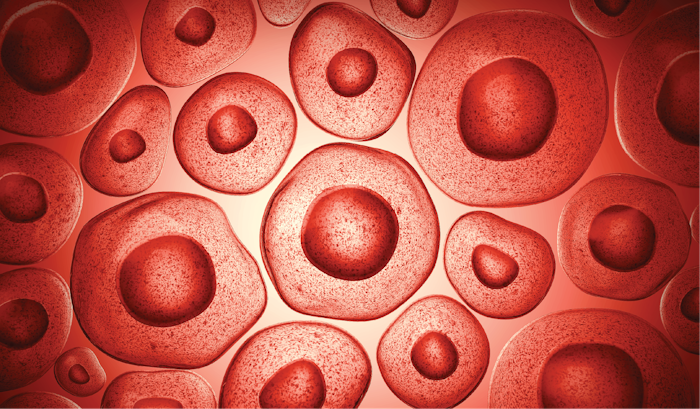Descriptive "Pharmacogenomics Analysis" of the CBTN PBTA Cohort
Email Principal Investigator

Angela Waanders
CBTN Data
CBTN Participants
Backer
Internal funding
About this
Project
Outcomes for pediatric cancer patients have improved over the last few decades due to advancements in treatments, including those for pediatric brain tumors. However, side effects can still have negative effects on patients long after treatment is complete, and some research focus has shifted to combating these effects. One emerging field to address this issue is Pharmacogenomics, the use of genetic information to predict an individual’s response to specific medications. This can help identify patients at increased risk for treatment related toxicities, guiding medical professionals in treatment decisions. An example of the potential impact of research into pharmacogenomics in pediatric cancers is vincristine. Vincristine is a chemotherapy agent that is used in many treatment protocols, including for low-grade gliomas and medulloblastoma. Vincristine is also associated with significant side effects often resulting in dose reductions. Two different studies have identified a genetic variation in the promoter of the CEP72 gene, rs924607, in both adult and pediatric patients with acute lymphoblastic leukemia. This genetic variation is associated with increased rates of vincristine side effects. The role of this variation has not been evaluated in other cancers, such as low-grade gliomas, medulloblastoma, and rhabdomyosarcoma, despite the wide use of vincristine in these treatment regimens. Using the over 900 pediatric tumor genomes sequenced in the Pediatric Brain Tumor Atlas, this study will help to define the frequency of genetic risks for vincristine-related side effects in patients with a spectrum of diagnoses. This research could serve to prevent reductions in therapy due to toxicity, increasing the likelihood of a positive response to treatment.
Ask The
Scientists
What are the goals of this project?
Researchers are looking to identify genetic risk for vincristine-related side effects in pediatric brain cancer patients.
What is the impact of this project?
Many patients experience vincristine related side effects that result in reductions in treatment. Identification of risk factors for these side effects could help guide research in combating such side effects, increasing the likelihood of treatment success.
Why is the CBTN request important to this project?
The dataset provided through the Pediatric Brain Tumor Atlas provides researchers with comprehensive data across many pediatric brain cancer types, greatly increasing the broad impact of this work.
Meet The
Team

Chicago, Illinois, USA

Philadelphia, PA, USA

Philadelphia, PA, USA

Chicago, Illinois, USA

Chicago, Illinois, USA

Chicago, Illinois, USA
Institutions

Primary

Ann & Robert H. Lurie Children’s Hospital of Chicago
Joined onAnn & Robert H. Lurie Children’s Hospital of Chicago treats 220 new patients each year with pediatric cancers. The hospital is ranked 17th in the nation for their pediatric oncology program and 11th for their neurology and neurosurgery program by U.S. News & World Report.Established in 1986, the Lur

Primary
Operations Center

Children’s Hospital of Philadelphia
Joined onOperations Center for the Children’s Brain Tumor Tissue Consortium, the Children’s Hospital of Philadelphia (CHOP) is currently ranked 1st nationally for their Pediatric Cancer Program by U.S. News & World Report. CHOP’s Biobank is home to the CBTTC’s pediatric brain and CNS tumor biorepository; the
related

